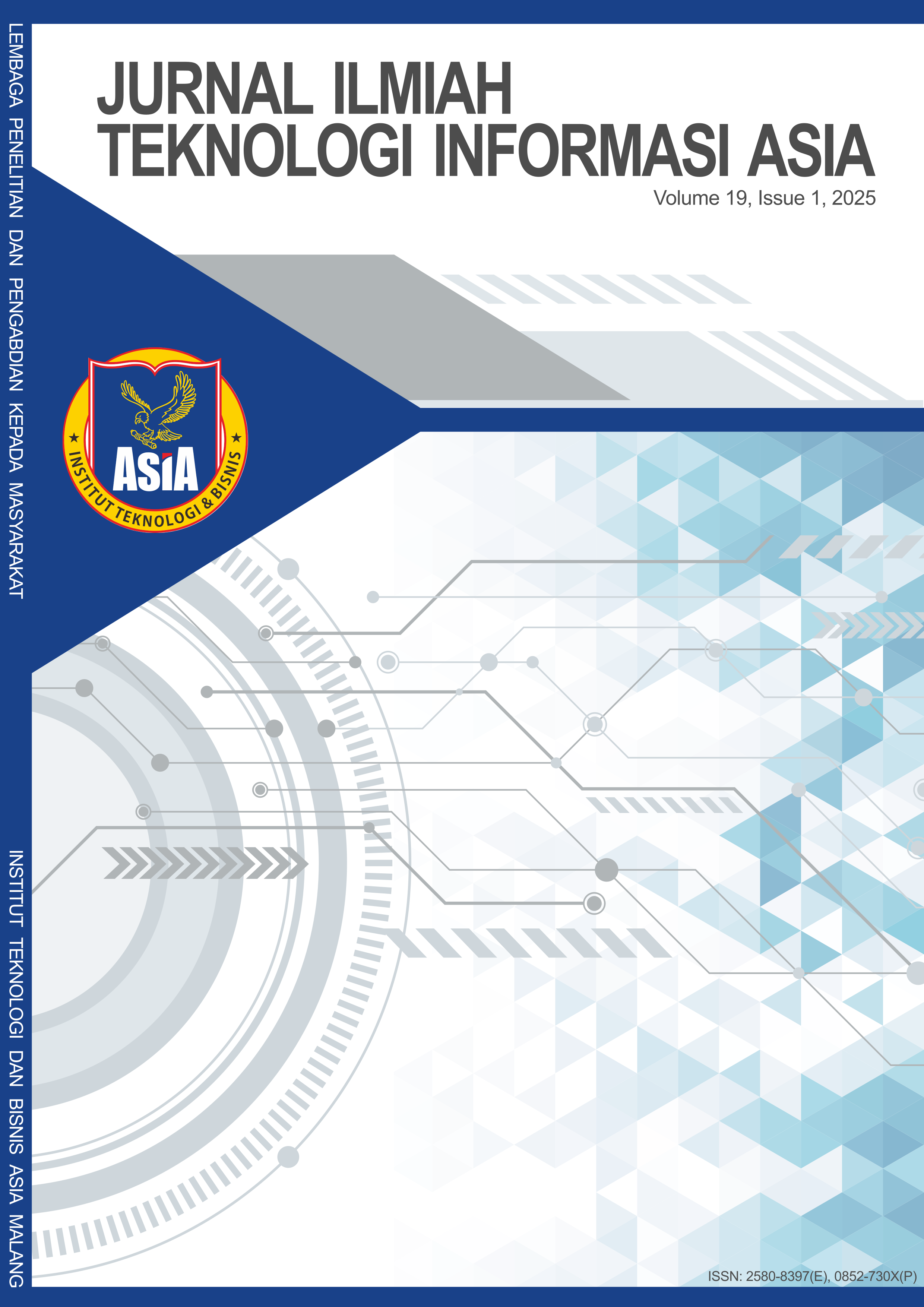Analyzing the effectiveness of Cloudflare, Docker and Nginx Proxy Manager in improving web security
DOI:
https://doi.org/10.32815/jitika.v19i1.1070Keywords:
cloudflare, cybersecurity, docker, nginx proxy managerAbstract
Cybersecurity is becoming an increasingly important matter as technology develops and threats against web-based applications grow. This research aims to examine how well Cloudflare, Docker, and Nginx Proxy Manager work, both alone and together, when used as an extra security measure to improve web application safety against these various threats. The study employed a quantitative approach using a quasi-experimental method with a posttest-only control group design. In this research, the control group consisted of a system without any additional security layers; this served as the starting point for measuring the system's security level. The experimental groups were divided into three types: a system using only Cloudflare, a system using only Docker and Nginx Proxy Manager, and a system using a combination of all three technologies. Testing involved several kinds of attacks, such as DDoS, brute force attacks, XSS, and SQL injections, utilizing tools like Slowhttptest, Burp Suite, XSSer, and SQL Map. The test results were assessed using descriptive analysis for categorical data and statistical methods for numerical data, specifically applying the One Way Anova or Kruskal Wallis tests, along with post-hoc follow-up tests. The findings from the study demonstrate that the system using the combination of Cloudflare, Docker, and Nginx Proxy Manager offered the most effective safety, reducing the number of successful attacks by up to 52% for DDoS, 69% for brute force attacks, 75% for XSS, and 100% for SQL injection. These results show a notable improvement compared to a standard system or systems using these security technologies individually.
Downloads
References
Ekaputra, A. R., & Affandi, A. S. (2023). Pemanfaatan layanan cloud computing dan docker container untuk meningkatkan kinerja aplikasi web. Journal of Information System and Application Development, 1(2), 138–147. https://doi.org/10.26905/jisad.v1i2.11084
Firmansyah, M. D. (2021). Analisa Keamanan Web Server Terhadap Serangan Distributed Denial of Service Menggunakan Modevasive. Telcomatics, 6(1). https://doi.org/10.37253/telcomatics.v6i1.4990
Fortinet. (2024). What Is A Cyber Attack? . Fortinet. https://www.fortinet.com/uk/resources/cyberglossary/types-of-cyber-attacks
Harefa, J., Prajena, G., Alexander, A., Muhamad, A., Dewa, E. V. S., & Yuliandry, S. (2021). SEA WAF: The Prevention of SQL Injection Attacks on Web Applications. Advances in Science, Technology and Engineering Systems Journal, 6(2), 405–411. https://doi.org/10.25046/aj060247
Haryono, E., Slamet, M., & Septian, D. (2023). Statistika SPSS 28 (N. Rismawati, Ed.). Widina Bhakti Persada Bandung.
Id-SIRTII/CC. (2024). Laporan Hasil Monitoring. Indonesia Security Incident Response Team on Internet Infrastructure/Coordination Center. https://idsirtii.or.id/halaman/tentang/laporan-hasil-monitoring.html
Kusuma, G. H. A. (2022). Sistem Firewall untuk Pencegahan DDOS Attack di Masa Pandemi Covid-19. Journal of Informatics and Advanced Computing (JIAC), 3(1).
Laleb, I. (2023). Analisis Cross-Site Scripting (XSS) Injection – Reflected XSS And Stored XSS Mengggunakan Framework OWASP 10. Jurnal Ilmiah Flash, 8(1), 36. https://doi.org/10.32511/flash.v8i1.952
Prasetyo, S. E., Haeruddin, H., & Ariesryo, K. (2024). Website Security System from Denial of Service attacks, SQL Injection, Cross Site Scripting using Web Application Firewall. Antivirus : Jurnal Ilmiah Teknik Informatika, 18(1), 27–36. https://doi.org/10.35457/antivirus.v18i1.3339
Rikatsih, N., Andary, R. W., Shaleh, M., Hadiningrum, L. P., Irwandy, I., Prisusanti, R. D., Nggaba, M. E., Hadi, P., Sihombing, B., Setiawan, J., & Saloom, G. (2020). Metodologi Penelitian di Berbagai Bidang. Media Sains Indonesia.
Rustamana, A., Wahyuningsih, P., Azka, M. F., & Wahyu, P. (2024). Penelitian Metode Kuantitatif. Sindoro: Cendikia Pendidikan, 5(6).
Rahmah, S. A. (2023). Efektifitas Penerapan Algoritma Brute Force dan Penyalahgunaannya Dalam Sistem Berbasis Web. Journal of Computers and Digital Business, 2(3), 112–119. https://doi.org/10.56427/jcbd.v2i3.235
Satriyawan, H., & Susanto, D. S. (2023). Optimasi Keamanan Smart Grid Melalui Autentikasi Dua Lapis: Meningkatkan Efisiensi dan Privasi dalam Era Digital. Jurnal RESTIKOM : Riset Teknik Informatika Dan Komputer, 5(3), 319–333. https://doi.org/10.52005/restikom.v5i3.254
Sugiyono, S. (2017). Metode penelitian kuantitatif, kualitatif, dan R&D. Alfabet.
Wahib, P., Narotama, A. T., Rijki, N. M., Sahrudin, S., Permana, F., Sagara, D., Azkhal, D. I., Anwar, M., & Juniawan, M. R. (2022). Sosialisasi Cyber Security Awareness untuk meningkatkan literasi digita. Abdi Jurnal Publikasi, 1(2).
Additional Files
Published
How to Cite
Issue
Section
License
Copyright (c) 2025 Jurnal Ilmiah Teknologi Informasi Asia

This work is licensed under a Creative Commons Attribution 4.0 International License.
Upon acceptance for publication, authors transfer copyright of their article to Jurnal Ilmiah Teknologi Informasi Asia. This includes the rights to reproduce, transmit, and translate the material in any form or medium.
While the editorial board endeavors to ensure accuracy, they accept no responsibility for the content of articles or advertisements. Liability rests solely with the respective authors and advertisers.
Website material is licensed under a Creative Commons Attribution 4.0 International License (CC BY 4.0). Under this license, users are free to share and adapt the material for any purpose, including commercial use, provided license terms are met. These freedoms are irrevocable by the licensor under such conditions.














